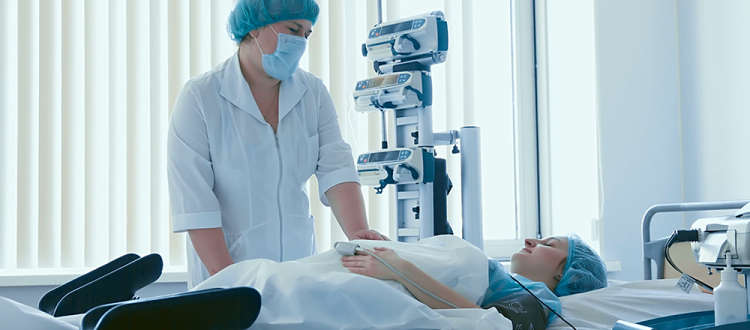The Truth About Postpartum Laceration: My Experience In The Labor Room
No matter how much books or videos you watch in preparation for motherhood, nothing can ever prepare you enough for postpartum laceration. About 9 out of every 10 mothers experience postpartum tear during vaginal birth.
There are four degrees of tearing. The first degree is also called a graze and would likely heal without stitches. The third and fourth-degree tearing would need special treatment to help the mother heal completely.
My Experience In The Labor Room

Woman in labor
The sensation of childbirth was similar to having the biggest poo of my life. I have been pushing for almost thirty minutes and I could literarily feel all the strength in me drain. Each spasm came with a sharp pain and a wave of contraction that made me feel I was close to delivery but nothing at the end of it.
After like an hour of continuous pushing, I pleaded with the doctors for a CS but they refused. With one final push, my baby crawled out of my body and I felt my perineum muscle tear to the edge of my anus. I was told I just had a third-degree tear. A fourth-degree tear is even worse because it extends completely through the anus.
The Stitching Up Process

Obstetrician is preparing the delivery room
A third or fourth-degree tear will need to be stitched up by a senior obstetrician. Sometimes the tearing may extend to the bowel in the fourth degree tearing and the obstetrician will need help froma bowel (colorectal surgeon)expert to perform the repair. Peradventure you gave birth at home, you will need to be transferred to the hospital for the repair.
Subsequent Tearing
Having a third or fourth degree tearing for your first birth does not mean you won’t have another for your second child. Although vaginal tearing doesn’t happen to everyone you probably don’t have a way to find out.






